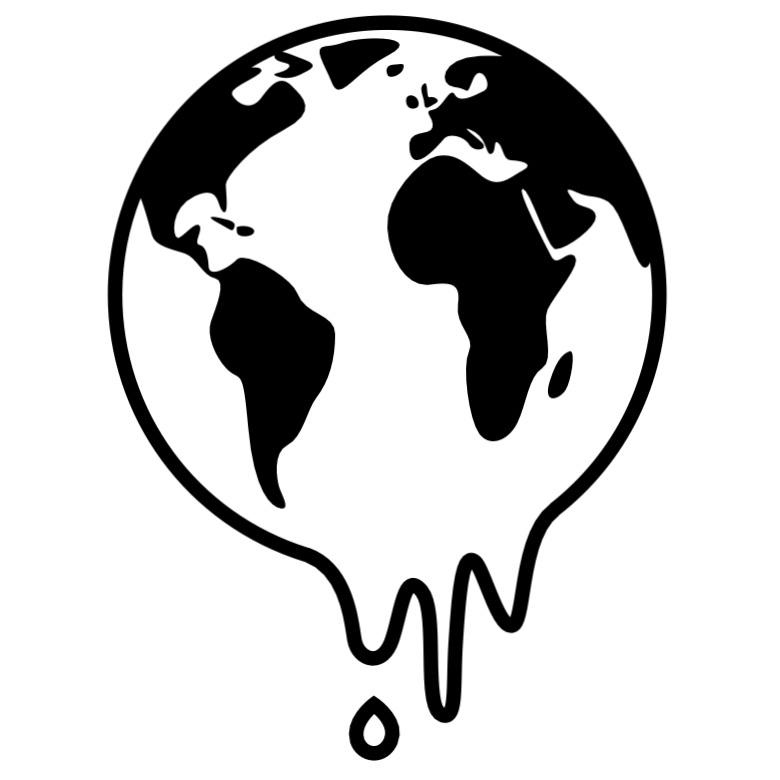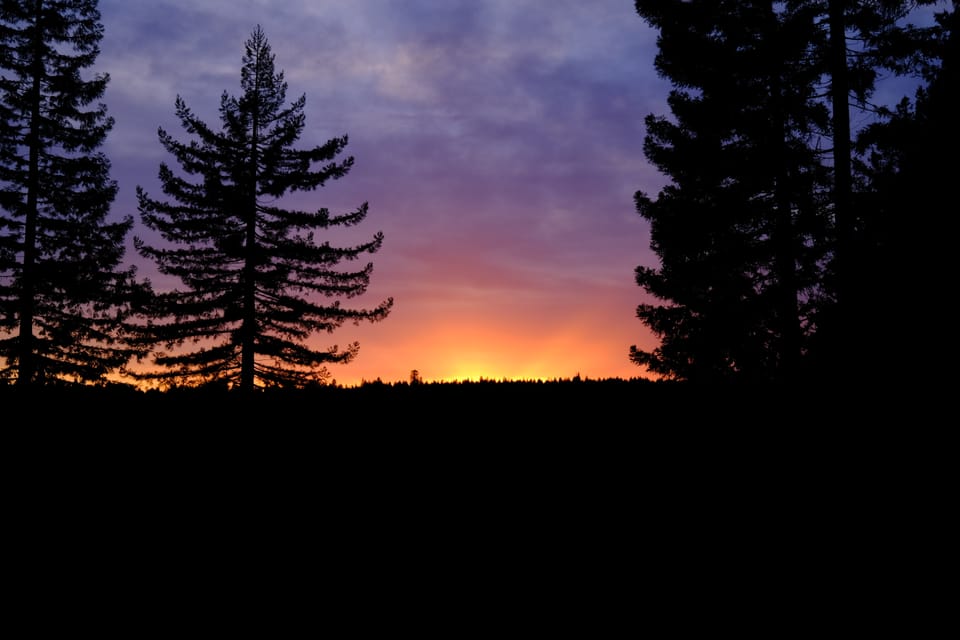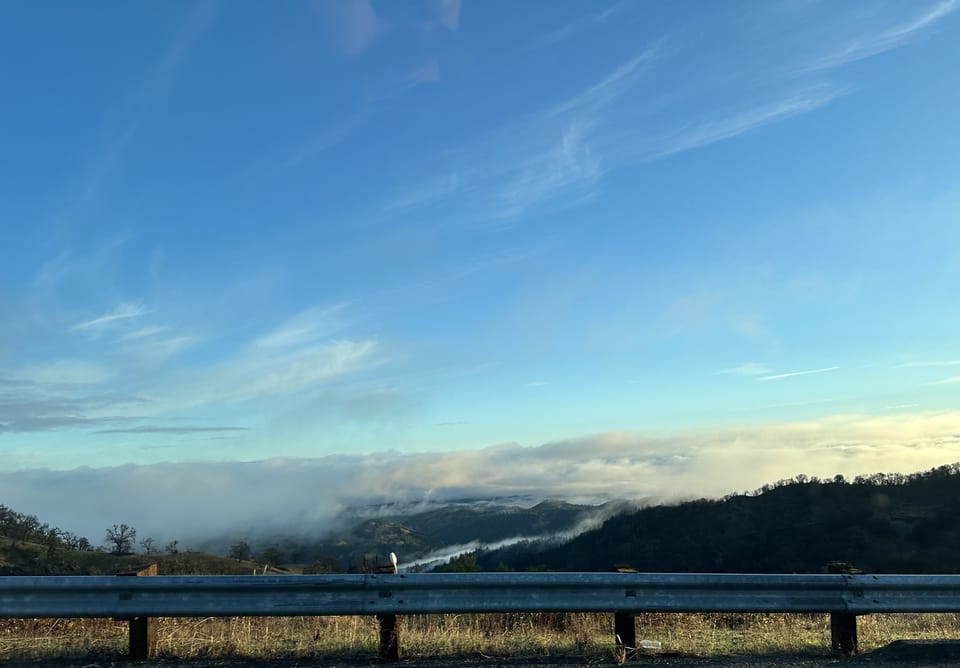Not your average sunset
In which we learn about a new initiative and enjoy the view.
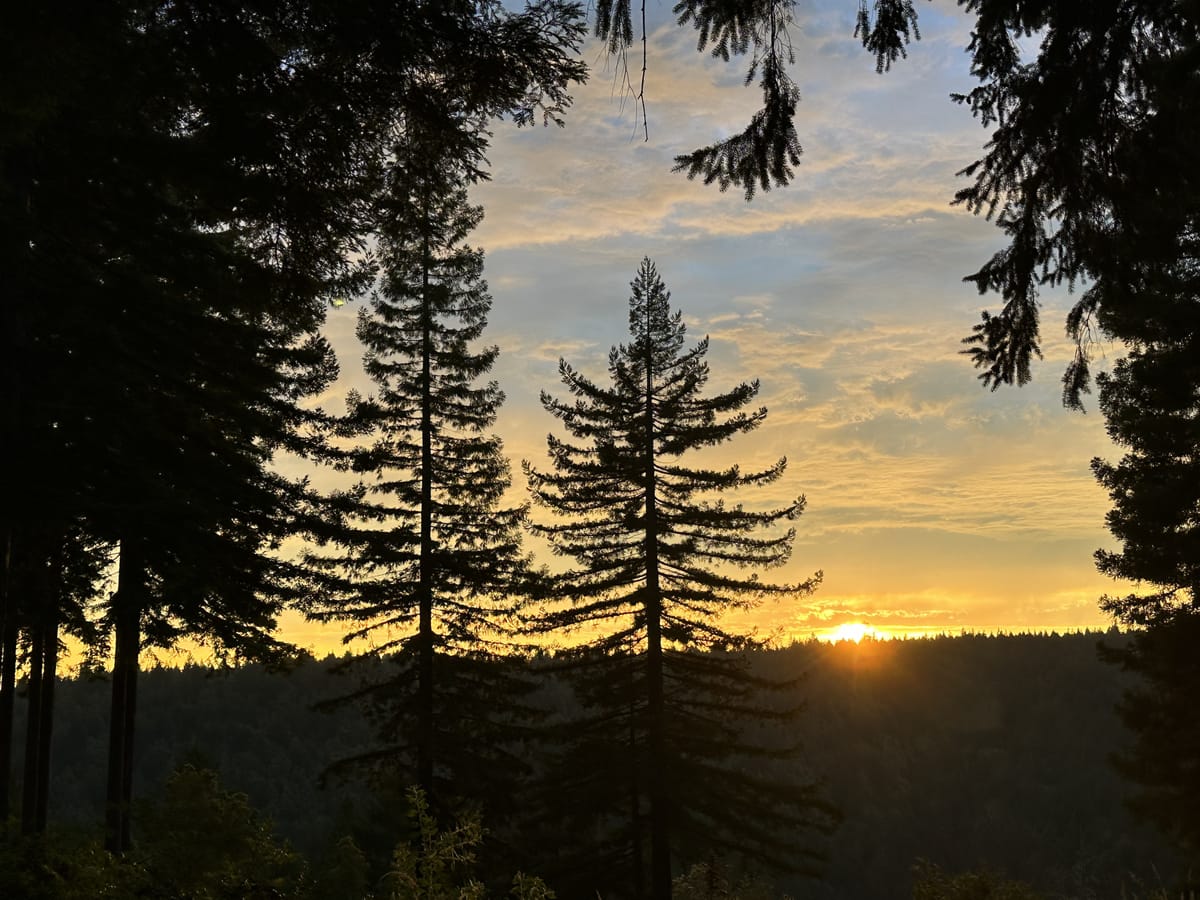
Let’s recap
As you know, it was pretty warm over the weekend in a lotta places. This WaPo article does a solid job of recapping things, but here’s a few bullets from the article that talk about what to expect going into this week.
The heat dome was centered over California on Sunday, but it will shift east and intensify in the days ahead.By Thursday, it will have flattened but strengthened some, and it should park over Texas and northern Mexico. That will provide some relief to California but could bring a resurgence of the worst heat for the south-central and southeastern United States.
On the move
We learned about Tornado Alley before and how it’s changing. A recent article in Scientific American went into detail on this recently too.
Although tornadoes touch down in many places across the eastern half of the country, from the 1950s through the 1990s they struck most often in Tornado Alley, an oval area centered on northeastern Texas and south-central Oklahoma. More recently, that focus has shifted eastward by 400 to 500 miles. In the past decade or so tornadoes have become prevalent in eastern Missouri and Arkansas, western Tennessee and Kentucky, and northern Mississippi and Alabama—a new region of concentrated storms.
The Weather Feed is a reader-supported publication. To receive new posts and support my work, consider becoming a free or paid subscriber.
Weather Substacks are on a roll
We’ve got…
The Weekly Climate’s brief and full post.
THE BRIEF [July 10-16’23]Welcome to this week’s edition of The Weekly Climate 🎉 References: [1], [2], [3], [4], [5] and [6]. If you’re only getting The Brief but want to get the full version of the newsletter be sure to upgrade your plan to paid. Check out the preview that you will receive to see why more than 30 people think it’s worth paying for. And seeWeathertiger’s Hurricane Watch (obviously hurricane-focused so might not be relevant for everyone).
Sounds like a plan
The WMO recently shared some info about improving early warning systems. These systems have obvious value but there are some issues.
Early warning systems have helped decrease the number of deaths resulting from hazardous weather, water, or climate events. But major gaps still exist, especially in small islands and developing countries. The United Nations Secretary-General António Guterres is determined to close these gaps and ensure that early warning systems protect everyone on Earth within the next five years.
The initiative focuses on four pillars:
- Disaster risk knowledge and management
- Detection, observation, monitoring, analysis, and forecasting
- Warning dissemination and communication
- Preparedness and response capabilities
And a few more links
- Solid explanation of how weather and climate overlap
- Pretty detailed article about how ENSO, El Niño, and La Niña are tracked and measured
- Broader recap on heat across the globe
Gonna leave you with a light show
We had quite the sunset last night. It sprinkled for a minute or two as well which was a bit surprising.
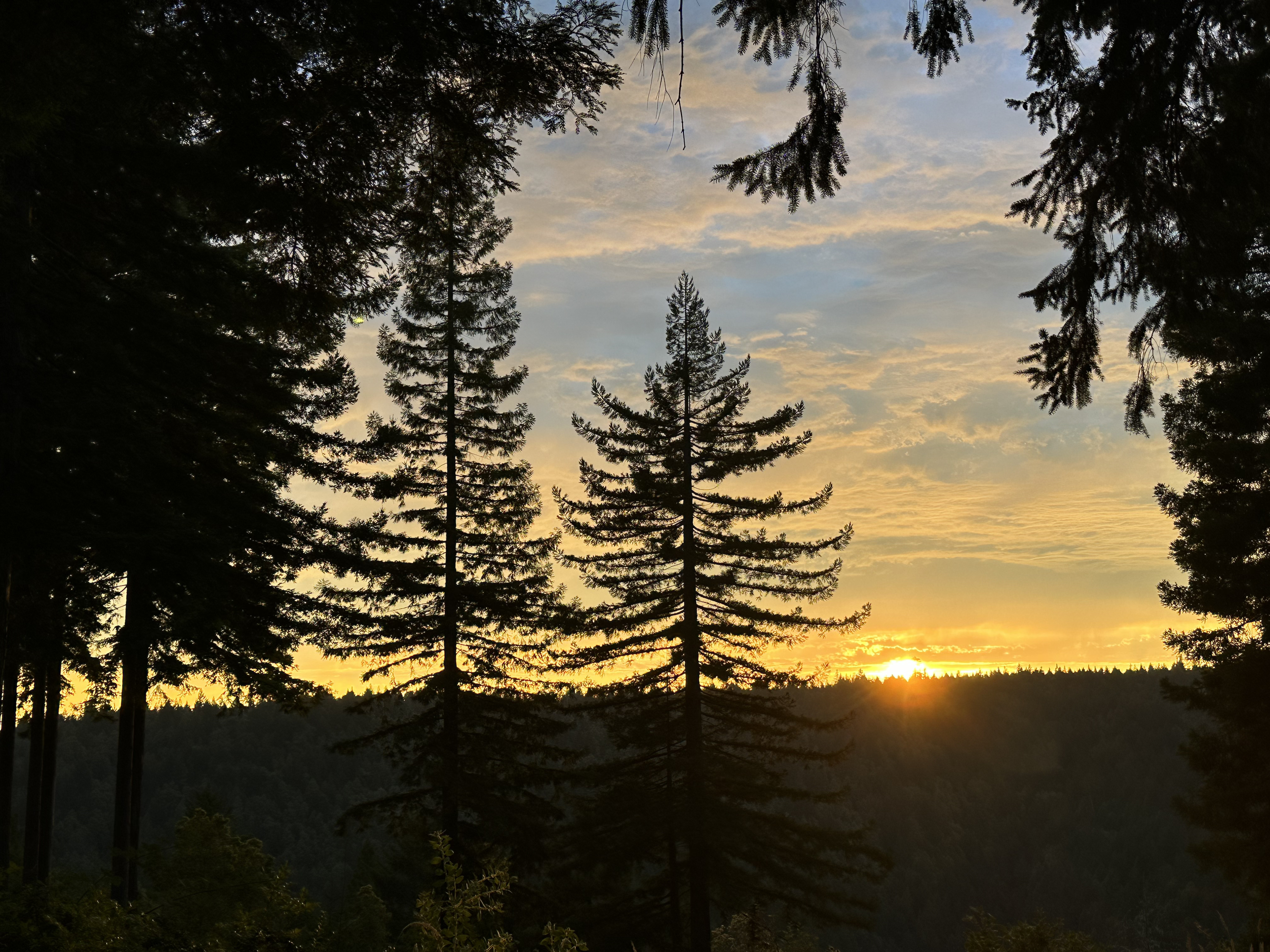
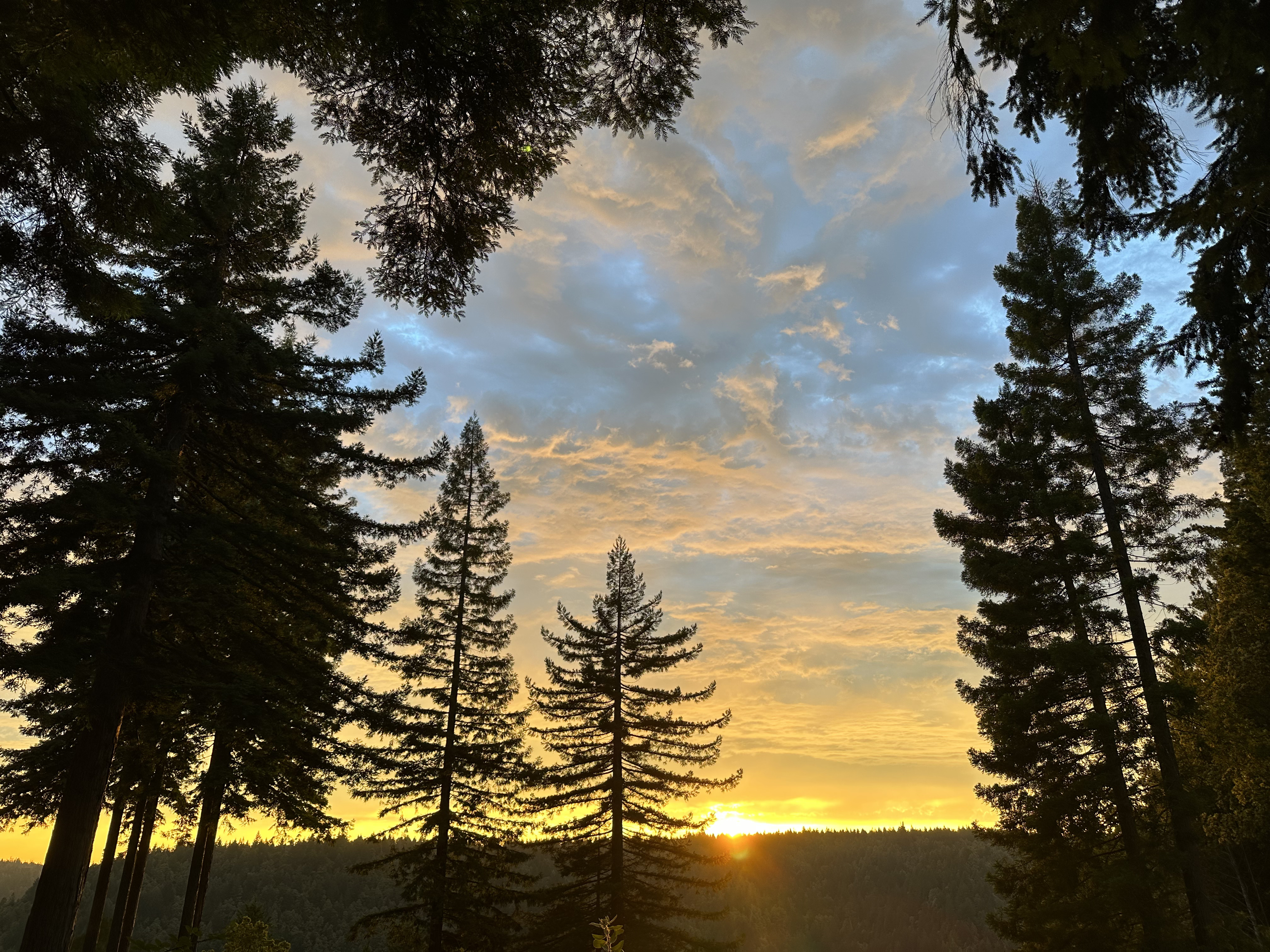
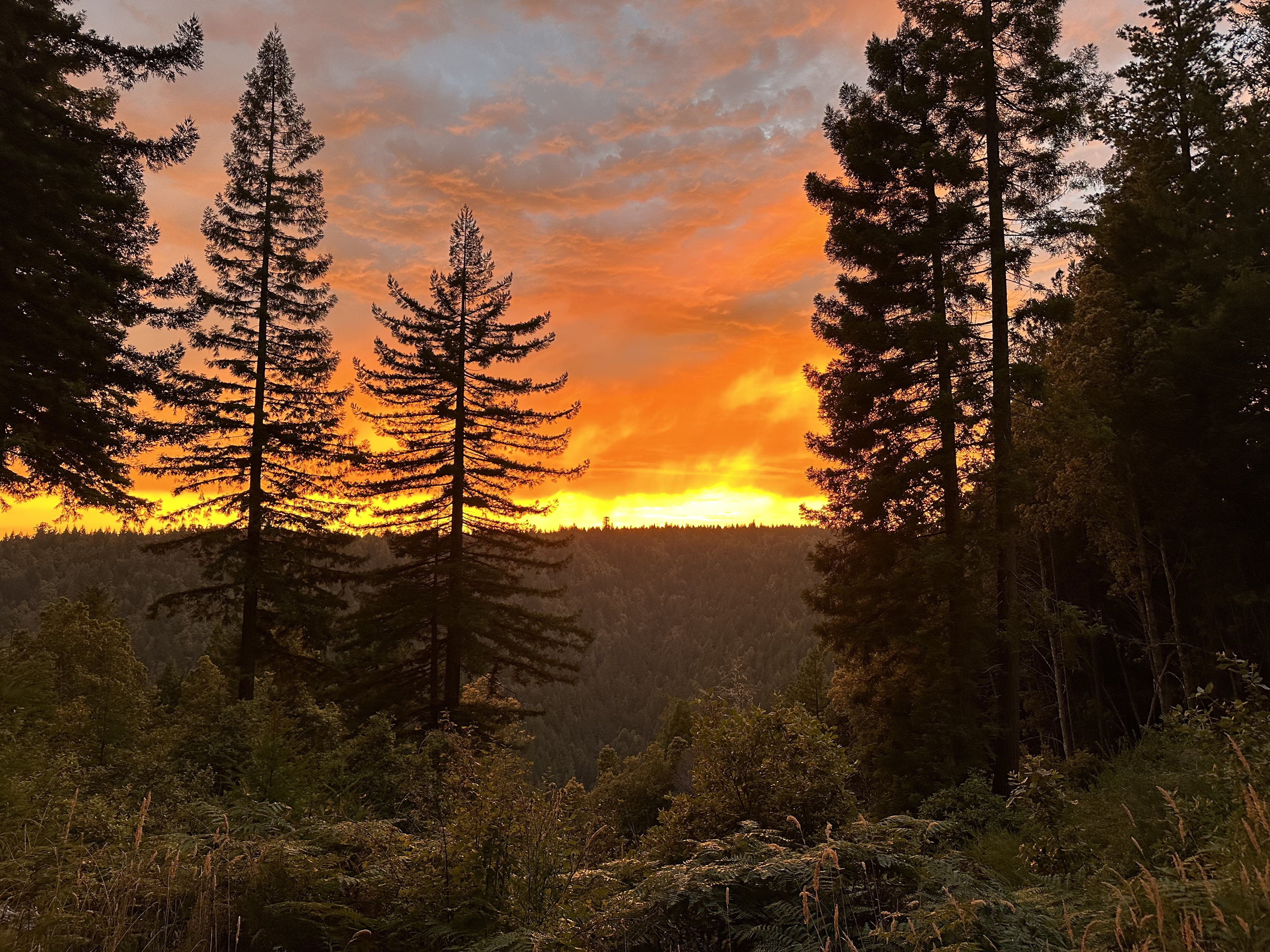
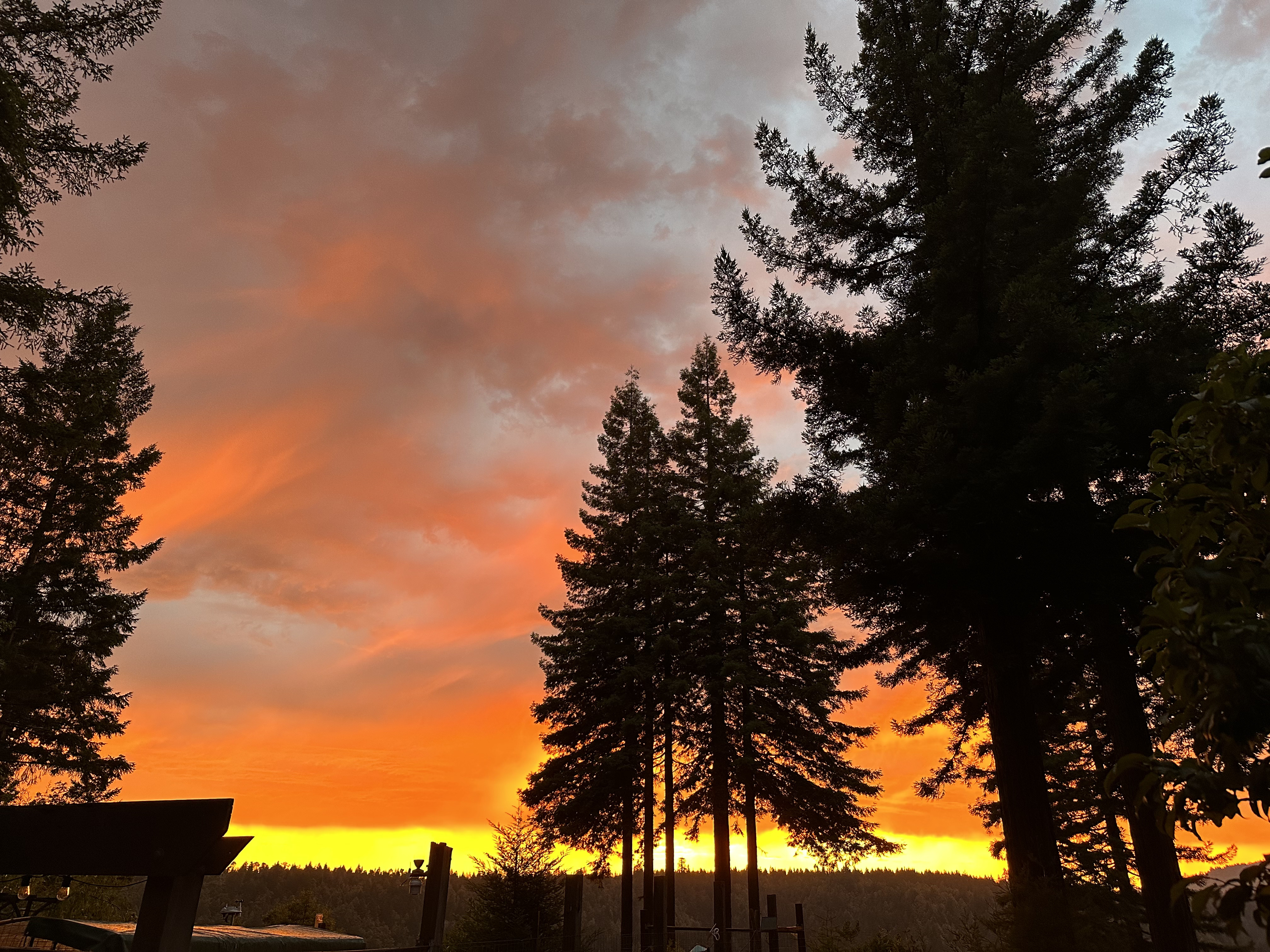

See you next time weather fam!
